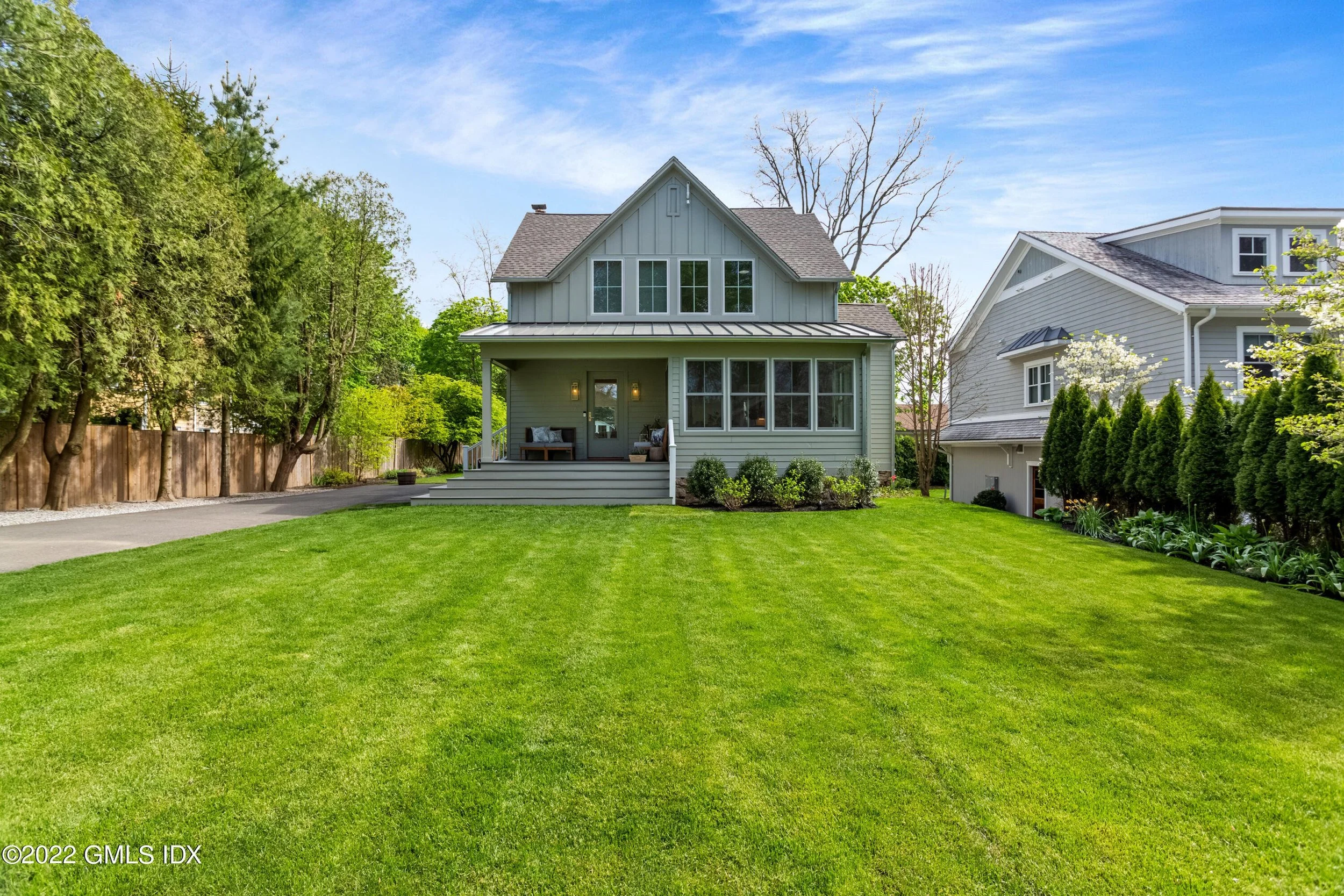What is probably a Sears home is under contract on Chapel Lane.
/At least I think 6 Chapel Lane, Riverside, is one of them and, priced at $2,020,000, it’s gone to contract in just `12 days.
Sears Roebuck's “Modern Homes” packages were manufactured and shipped by rail throughout the country. The company sold them from, roughly, 1908 to 1940, and a number of them were put up on Chapel Lane. From this one’s age: 1924, and general design, I’ll bet it was one of them. How good were they? Well, a lot of them are still standing after 100 years, which is far longer than a lot of the houses built in Greenwich in the 1960s and ‘70s.
And here’s an interesting snippet from the article I linked to. Unlike our current era of affirmative action lending and government mandates, Sears showed that a smart, capitalist company can accomplish more, and do more good, from profit-seeking, than can 10,000 government bureaucrats armed with sociology degrees:
In 1911, Sears added an irresistible new twist. The company decided not just to sell house-building packages, but to finance them as well. The nation’s booming population was straining the seams of a tight housing market, yet the huge and fast-growing middle and working classes (many members of which were recent European immigrants) had been largely ignored by a conservative banking community. If Sears could offer reasonable interest rates and low down payments, the market seemed endless. Although the financing package initially included only building materials, it soon expanded to cover the building lot.
Not only were the terms easy—a down payment of 25 percent of the cost of house and lot, as little as 6 percent interest for 5 years, or a higher rate for up to 15 years—but the application form contained no questions about race, ethnicity, gender, or even finances. Thousands of formerly ineligible buyers were absorbed into the new-home market.

